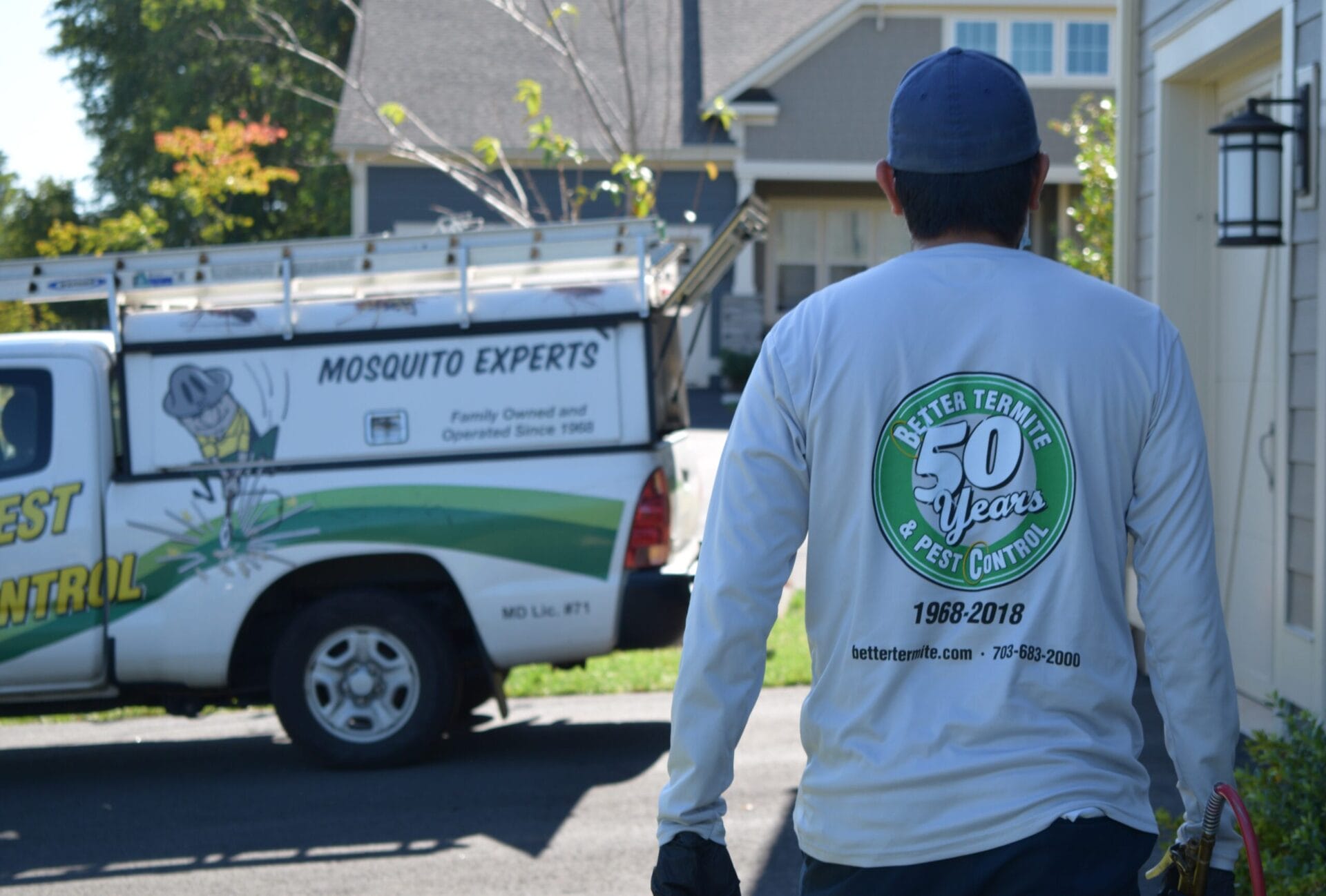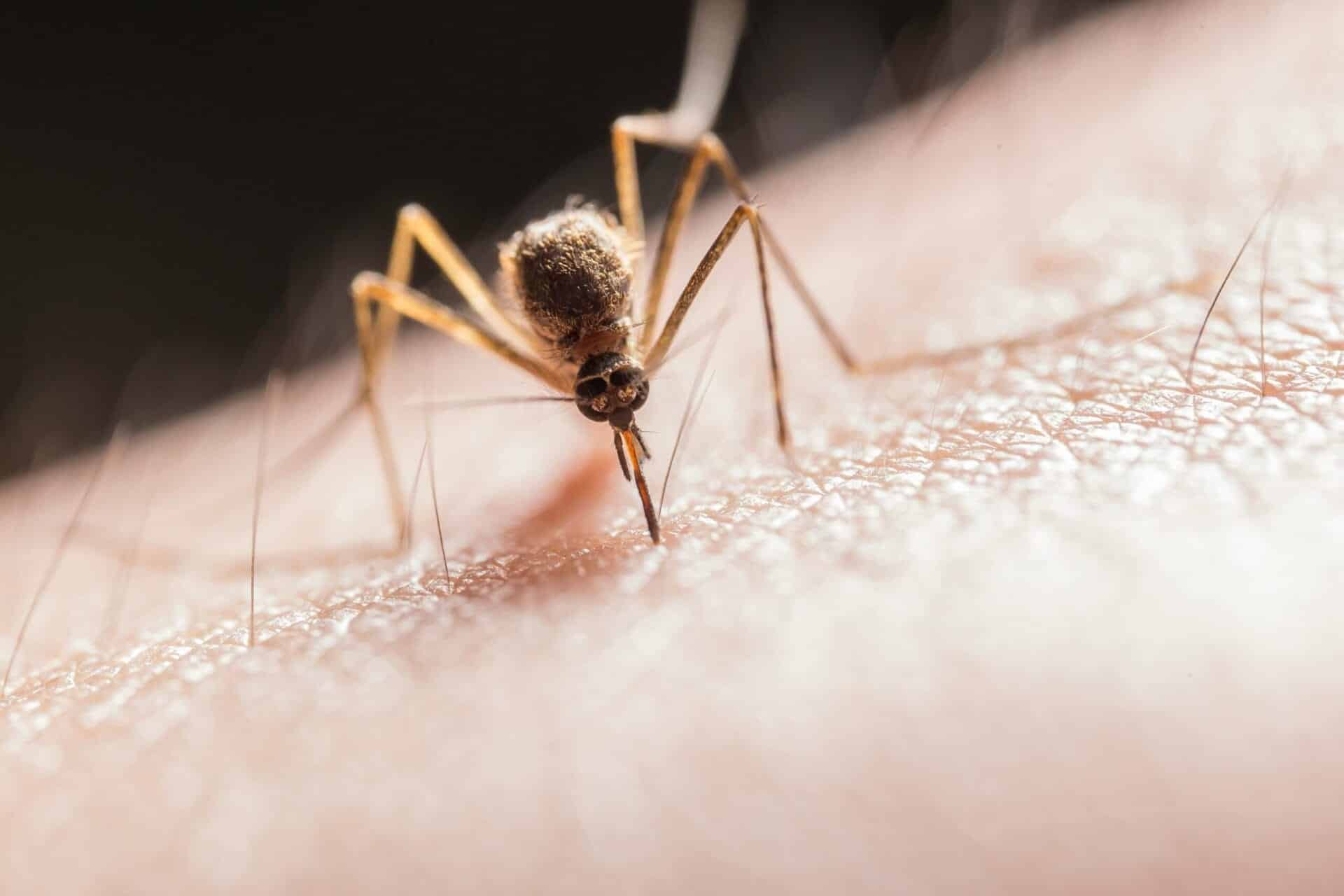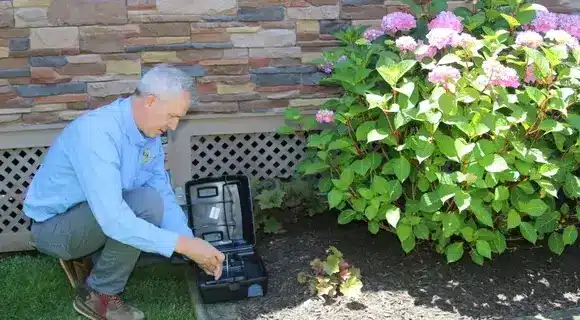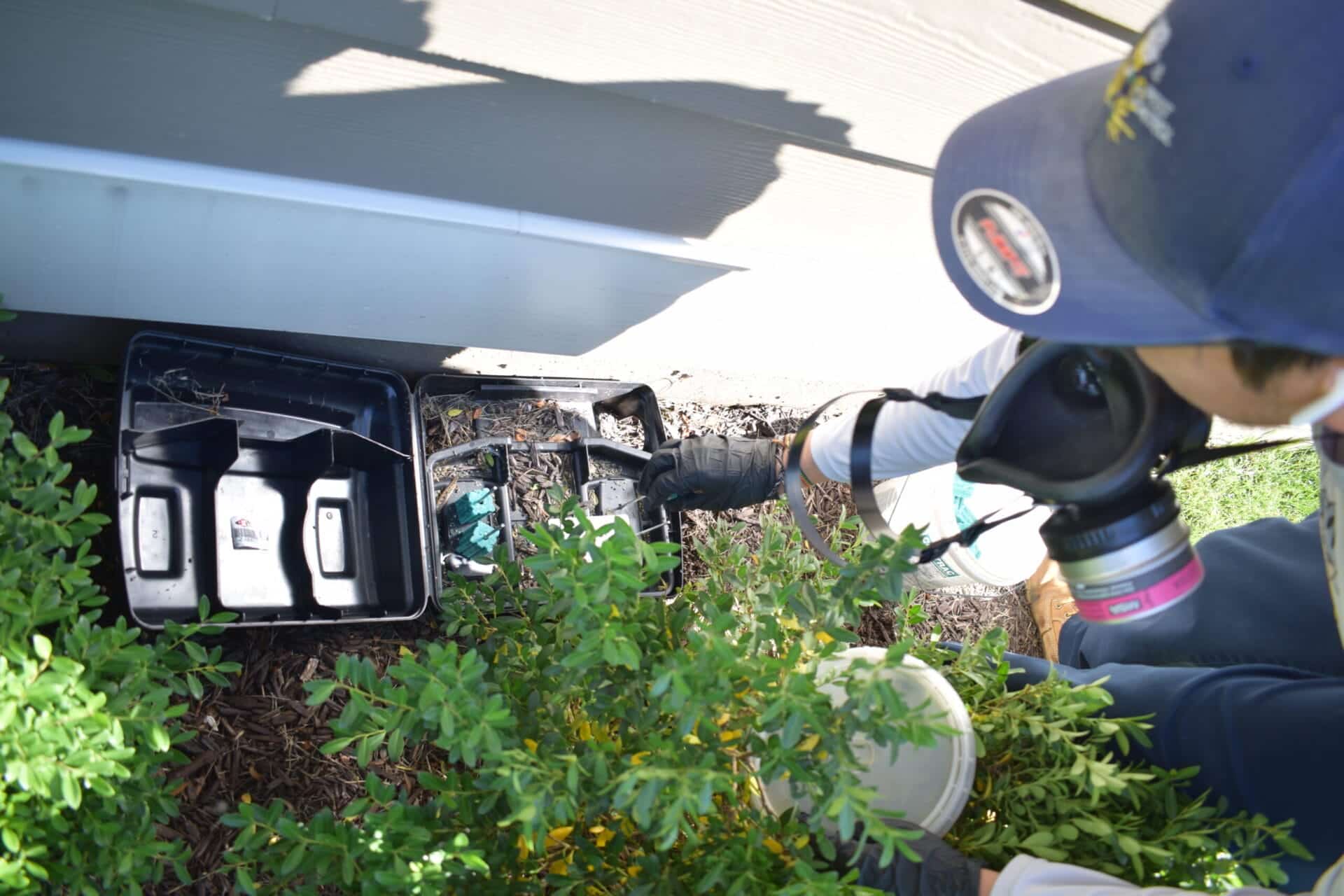


Spring brings many changes to homes in our area, and unfortunately, one of the most common visitors we see during this season is ants. Most homeowners first spot these tiny invaders in their kitchens or bathrooms, especially after heavy rains drive them indoors looking for shelter and food.
If you’re dealing with an ant problem and considering DIY solutions, borax can be an effective tool when used correctly. However, after working as a licensed pest control technician since 2015, I’ve seen many homeowners struggle with homemade baits because they don’t understand the science behind proper mixing ratios and placement strategies. The biggest mistake I encounter is people mixing borax too strong, which kills worker ants before they can carry the bait back to eliminate the entire colony.
Borax, also known as sodium borate, transforms into boric acid when it reaches the ant’s digestive system. This creates a slow-acting stomach poison that’s crucial for effective ant control. Unlike contact sprays that kill immediately, borax disrupts their digestive system gradually over multiple feedings.
The key to successful borax ant control lies in understanding colony dynamics. Worker ants make up only about 1% of the total colony population at any given time. These foragers must survive long enough to carry the bait back to the nest, where they share it with other ants, larvae, and the queen through a process called trophallaxis.
When borax is mixed at the proper concentration, worker ants consume small amounts and transport it throughout the colony before the lethal dose takes effect. This allows the toxicant to reach the queen and eliminate the entire colony rather than just killing a few foragers.
Creating an effective homemade ant killer starts with understanding what attracts different ant species. Most ants in the kitchen are sugar-seeking varieties, but ant food preferences can shift based on their breeding cycle and colony needs.
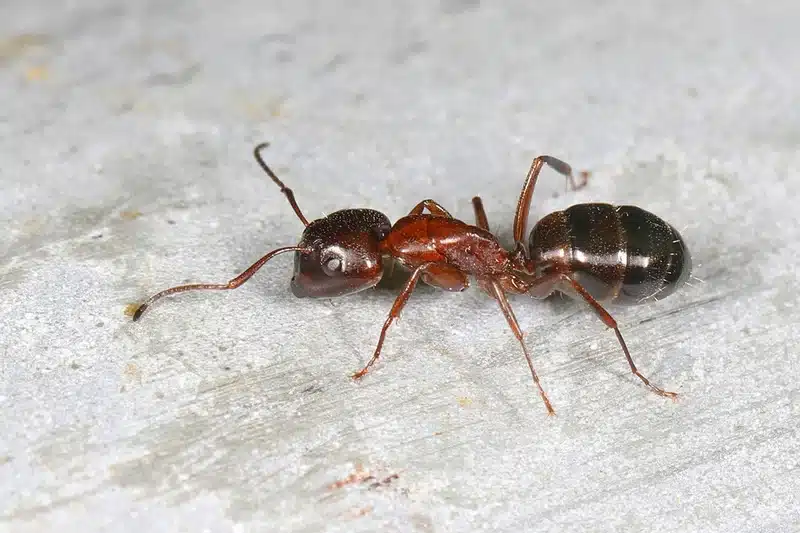
The classic borax bait combines three parts sugar with one part borax. This recipe works well for common household ants like Argentine ants, odorous house ants, and sugar ants. To create a liquid borax solution, dissolve 2 tablespoons of borax in one cup of warm water along with a cup of sugar.
For a paste-like consistency, mix powdered sugar and borax without adding water. This creates a thick paste that’s easier to control in crack-and-crevice areas where liquid baits might spill.
Not all ant species prefer sweets. Some ants, particularly during spring when they’re raising larvae, need protein and fats. Mix one part borax with peanut butter to create an effective bait for these protein feeders.
You can also mix the borax with small amounts of tuna, bacon grease, or other high-protein foods. The key is maintaining the proper borax concentration while making the bait attractive to the target ant species.
When learning how to mix the borax properly, concentration is everything. Research from the University of California IPM program shows that 0.5% to 1% borax concentration provides optimal colony elimination. Higher concentrations kill foragers too quickly, while lower concentrations get diluted below lethal levels when shared throughout the colony.
For a liquid bait, dissolve 1 teaspoon (about 4 grams) of borax in 1 cup of 25% sugar solution. This creates approximately 1% concentration that allows worker ants to survive long enough to take it back to the nest.
Effective ant control with borax requires careful preparation, strategic placement, and consistent monitoring. Following the right process makes the difference between eliminating the problem and just killing a few scout ants.
Start by creating your borax solution in a clean container. For liquid baits, use a cup of warm water to help dissolve the borax completely. Add your chosen attractant – whether it’s a cup of sugar, cup of syrup, or peanut butter mixture.
Make sure the ants can easily access the bait by using shallow containers like bottle caps or small jar lids. Cotton balls soaked in liquid bait work well for placement in tight spaces, but ensure they don’t dry out quickly.
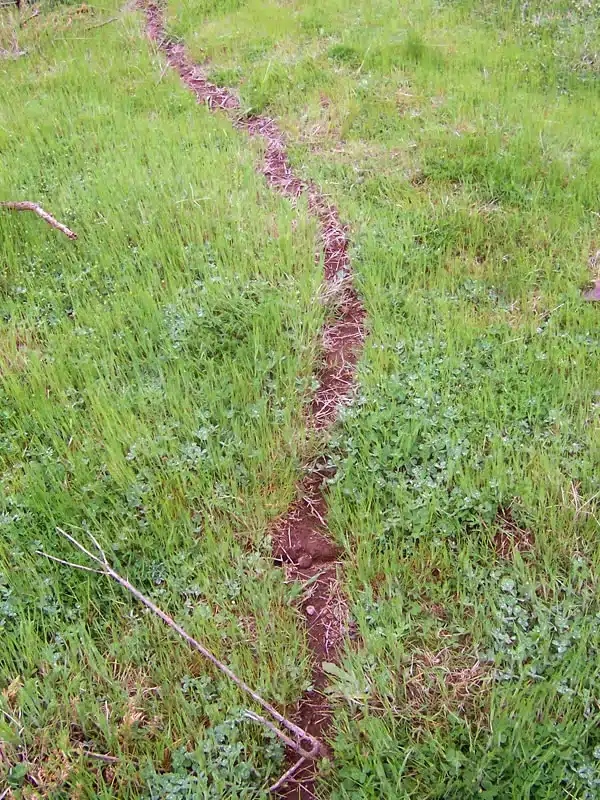

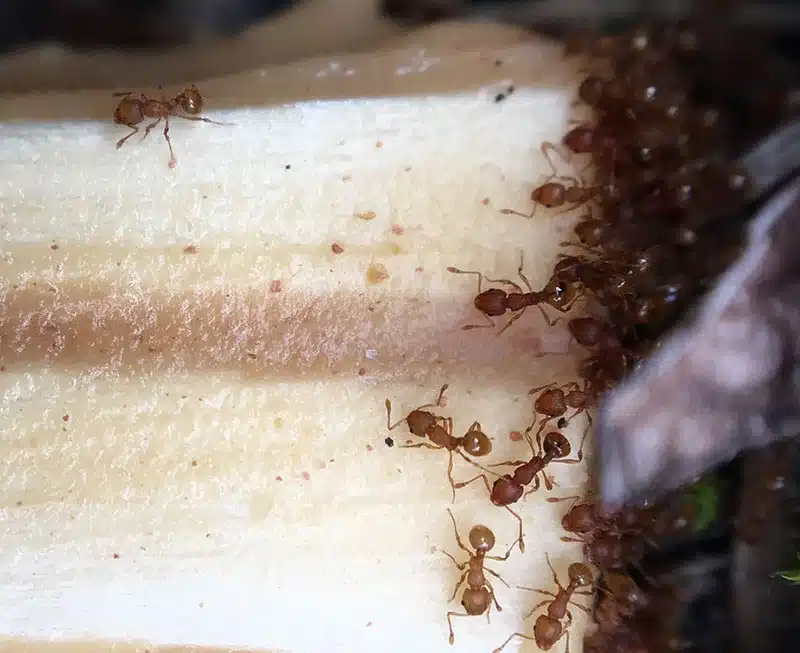
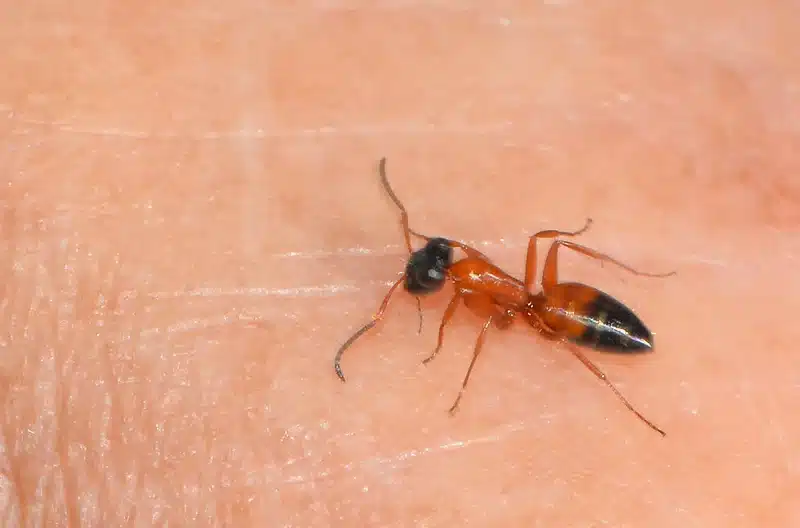

Place bait stations along ant trails and near entry points where you’ve observed activity. Inside your home, focus on areas where ants have been spotted – typically kitchens, bathrooms, and pantries. However, be extremely careful to keep all bait stations away from areas where children and pets might access them.
Around the outside of your home, place stations every 10-20 feet along the foundation, focusing on shaded areas to prevent rapid evaporation. Target spots where you see ant trails or suspect they might be entering the structure.
Check your bait stations daily for the first week. You should see increased ant activity initially as more workers discover the food source. This is actually a positive sign – it means ants are finding and consuming the borax bait.
Refresh liquid baits every 2-3 days indoors and weekly outdoors to prevent spoilage and maintain effectiveness. Replace any bait that appears moldy, dried out, or contaminated.
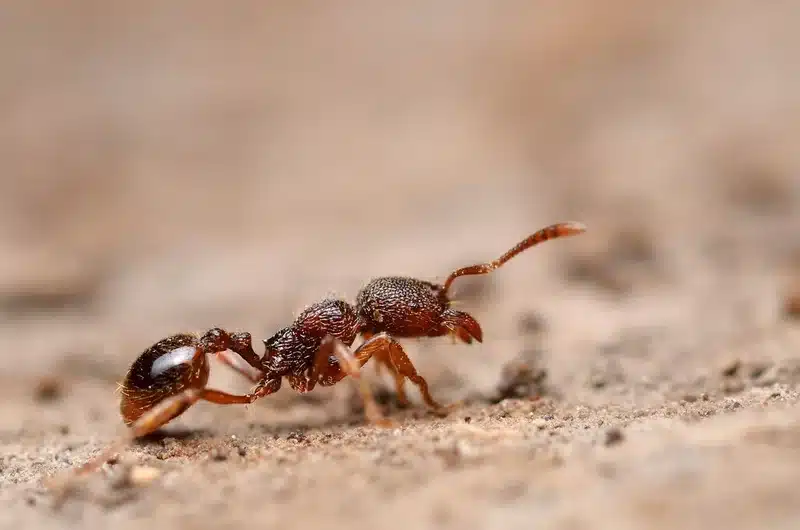
Understanding the elimination timeline helps you gauge whether your borax treatment is working. Most homeowners see trail activity drop within 3-5 days if the bait is properly formulated and placed.
For small, single-queen colonies, complete elimination typically occurs within 1-2 weeks. Larger infestations or multi-queen colonies may require 3-8 weeks of consistent baiting. Research studies have shown that proper 0.5% boric acid baits can achieve 80% population reduction in large Argentine ant colonies after 9 weeks.
Don’t be discouraged if you don’t see immediate results. The delayed action is actually what makes borax effective at reaching the entire colony, including the queen and larvae that never leave the nest.
Borax is toxic to humans and animals, requiring careful handling and placement. The National Pesticide Information Center reports that while borax has relatively low acute toxicity compared to many other pest control products, it can still cause harm if ingested in sufficient quantities.
Always use tamper-resistant bait stations when pets or young children are present. Commercial bait stations with small entry holes allow ants access while preventing larger animals from reaching the contents.
Store unused borax bait in clearly labeled containers out of reach. If accidental ingestion occurs, contact poison control immediately and provide them with the specific product information.
After years of helping homeowners troubleshoot failed DIY attempts, I’ve identified several critical errors that prevent successful ant elimination. The most common mistake is the “more is better” mentality – using concentrations above 3% kills worker ants too quickly.
Another frequent error is switching to contact sprays during the baiting process. Spraying insecticide around bait stations repels ants and prevents them from finding the bait. This interferes with the entire strategy and often leads to treatment failure.
Many homeowners also fail to maintain their bait stations properly. Allowing baits to dry out, mold, or become contaminated makes them unattractive to ants. Additionally, using only one attractant type misses opportunities when colonies shift from sweets to proteins during different parts of their breeding cycle.
Certain ant species respond poorly to borax baits, requiring different control strategies. Carpenter ants often reject borax baits or consume insufficient quantities to achieve colony elimination. These wood-nesting ants have eclectic diets and typically require targeted nest treatments rather than baiting.
Fire ants present another challenge for borax-based control. Their aggressive feeding behavior and soil-nesting habits make them difficult to eliminate with homemade baits. Professional-grade products specifically designed for fire ant control typically work better.
Some ant species like certain acrobat ants may accept borax baits initially but have colony structures that make complete elimination difficult. Different ant species require species-specific approaches for effective control.
The UC IPM carpenter ant guidance explains why low-dose borates often fail against these species and recommends alternative control tactics.
Environmental conditions significantly affect borax bait performance. High temperatures accelerate evaporation, concentrating borax above the effective sweet-spot range. Mark fluid levels on your bait stations and top up with water, not additional bait, to maintain proper concentration.
Rain can flood open bait stations or dilute the active ingredients. Use simple rain covers or inverted jar stations to protect outdoor baits from weather. During humid conditions, liquid baits may spoil faster and require more frequent replacement.
Cold weather slows ant activity and reduces bait consumption. Seasonal ant patterns show that spring and fall typically provide the best conditions for bait acceptance and colony elimination.
Commercial liquid ant baits like Terro® contain 5.0-5.5% borax, providing faster knockdown but potentially limiting colony penetration in larger infestations. These higher concentrations work well for small problems but may stall when dealing with extensive ant colonies.
Professional pest control technicians have access to non-borax active ingredients like fipronil, hydramethylnon, and indoxacarb that outperform borax on resistant species. These professional treatments also include structural void treatments that homemade baits cannot achieve.
The cost advantage of homemade borax baits becomes less significant when multiple attempts are needed or when the infestation persists despite proper application.
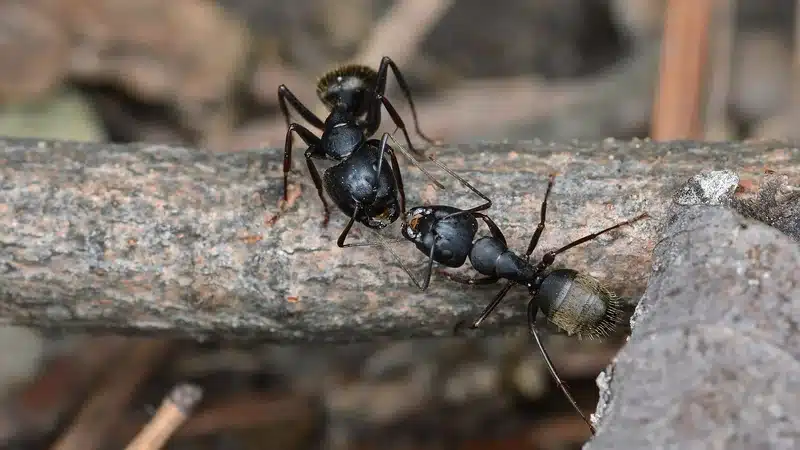
Borax is a registered pesticide requiring compliance with EPA label restrictions. Home-mixed baits are legal only for personal use on your own property. Distributing or selling homemade borax baits to others would require EPA registration.
Some areas have additional restrictions on broadcast application of borax powder. Always follow label directions and local regulations when using any pest control product.
The EU has implemented stricter limits on boron compounds in consumer products, reflecting ongoing safety evaluations of these materials.
Several situations warrant professional intervention rather than continued DIY attempts. If ant activity persists more than 8 weeks despite proper borax baiting with correct ratios and placement, you likely need targeted professional treatment.
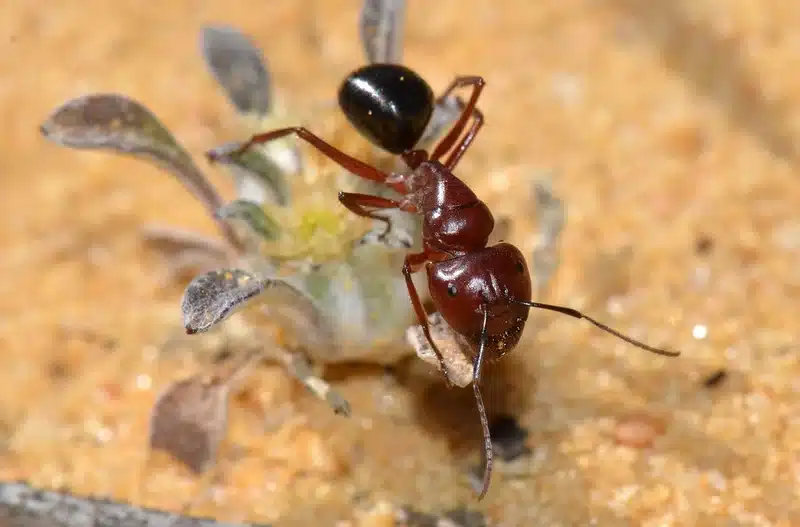
Multiple ant species present simultaneously require species-specific approaches that exceed typical homeowner capabilities. Signs of structural damage, such as carpenter ant frass (sawdust-like debris), indicate problems that need immediate professional attention.
Our licensed technicians use integrated pest management approaches that combine multiple control methods based on specific ant identification and colony assessment. When dealing with persistent ant infestations, professional treatment often provides faster resolution and longer-lasting results.
If you’re dealing with recurring ant problems or want expert identification of your specific ant species, our team can provide targeted solutions that address the root cause of your ant infestation. We’ve helped thousands of homeowners in the DC Metro area eliminate ant problems using proven methods tailored to local conditions and ant species.
Sugar works best for most common household ants, using a ratio of three parts sugar to one part borax. For protein-seeking ants, mix one part borax with peanut butter or other high-protein foods. The key is maintaining 0.5-1% borax concentration in the final mixture to ensure worker ants survive long enough to carry the bait back to their colony.
You should see reduced trail activity within 3-5 days of placing properly mixed borax bait. Complete colony elimination typically takes 1-2 weeks for smaller infestations. Large or multi-queen colonies may require 3-8 weeks of consistent baiting. The timeline depends on colony size, species, and how effectively the bait reaches the queen and larvae.
Sprinkling pure borax powder is ineffective because the concentration is too high. This kills worker ants immediately before they can take the bait back to the nest. You won’t eliminate the queen or rest of the colony this way. Always mix borax with attractants at proper ratios to create an effective ant bait that allows colony-wide elimination.
The most effective homemade ant killer combines borax with sugar or peanut butter at a 3:1 ratio, depending on the ant species’ food preferences. Diatomaceous earth works as an alternative but requires direct contact and doesn’t provide colony elimination. Borax baits remain the most effective DIY option because they target the entire colony rather than just individual ants.
Initial signs include increased ant activity around bait stations as more workers discover the food source. Within 3-5 days, you should notice decreased trail activity and fewer ants in your home. Complete elimination occurs when you see no ant activity for several consecutive days. If activity continues after 2-3 weeks, reassess your bait placement and concentration.
Yes, borax is toxic to both pets and children if ingested. Always place bait stations in areas inaccessible to kids and pets, or use tamper-resistant commercial bait stations. Store unused borax products in clearly labeled containers out of reach. If accidental ingestion occurs, contact poison control immediately. The relatively low acute toxicity doesn’t eliminate the need for careful handling and placement.
Common reasons include using too high a concentration that kills workers too quickly, allowing bait to dry out or spoil, or applying insecticide sprays near bait stations. Weather conditions can also concentrate the borax above effective levels. Check that your bait remains fresh, properly diluted, and accessible to ants without competing repellent treatments nearby.
Carpenter ants, fire ants, and some acrobat ant species often reject borax baits or don’t consume enough to achieve colony elimination. These species typically require professional treatment with targeted methods. If you’re unsure about your ant species or borax baits aren’t providing results after proper application, professional identification and treatment may be necessary.
If you’re struggling with persistent ant problems or want expert help identifying your specific ant species, contact our licensed technicians at 703-683-2000 or email us at info@bettertermite.com. We provide targeted ant control solutions for homeowners throughout the DC Metro area and can help determine whether DIY methods or professional treatment best fit your situation.

With five years of hands-on experience in the pest control industry, George Schulz is a registered technician with the Virginia Pest Management Association and a proud third-generation professional in a family business that’s been protecting homes for over 57 years. He manages and trains a team of service pros while also leading internal research efforts—recently spearheading a deep-dive review of thousands of documents on pest control materials to hand-pick the most kid and pet friendly, most effective solutions tailored specifically for homes in the DC metro area. Read his bio.

